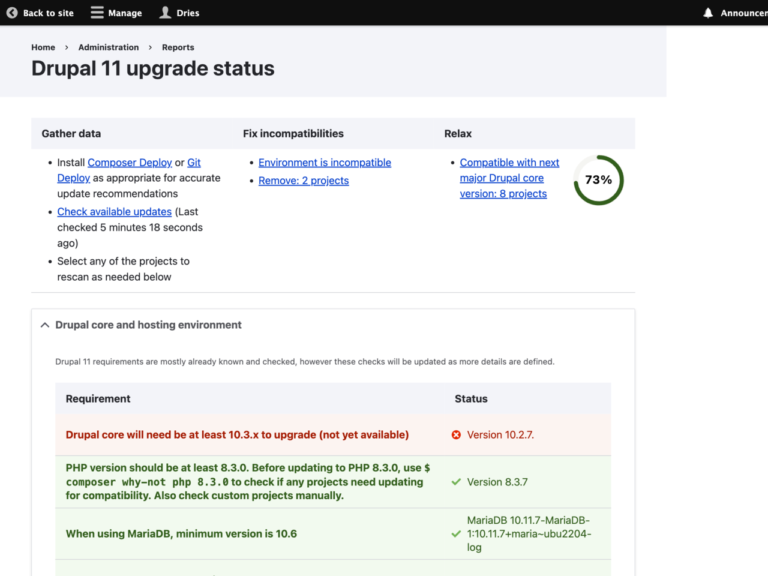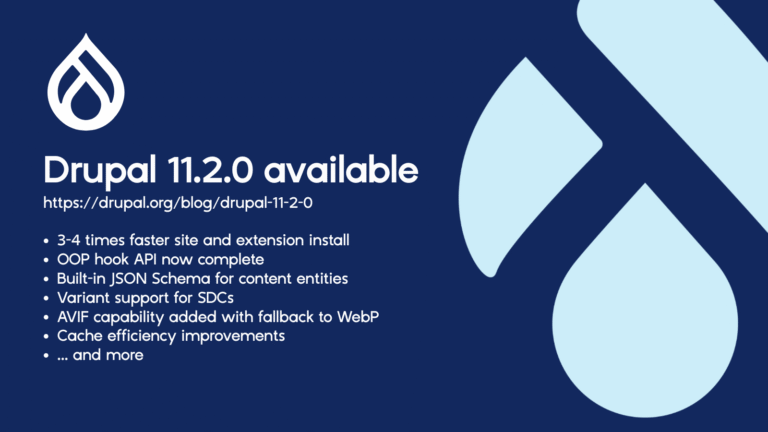
Green computing is coming to the forefront, too, as industry mandates expand and prices rise for energy. Ransomware and cybersecurity continue to require ample investment and attention. Finally, managing a hybrid cloud environment for diverse enterprise workloads is here to stay – despite the complexity it brings. Merging these initiatives into a cohesive strategy is a tremendous job but fortunately, there are also synergies at play between these core areas of IT.
After years of ping-ponging between cloud-first strategies, then cloud repatriation and back again, the survey says: hybrid cloud is here to stay for the foreseeable future. IT leaders have realized that a mix of on-premises, edge and cloud computing is a sensible, risk-averse strategy to satisfy the needs of different workloads and departments. Storage and cloud vendors will adapt to this reality while IT will need to get intelligence on their data assets so they can move data into the optimal storage over its lifecycle. Optimizing a hybrid cloud storage environment will be a moving target dependent upon real-time analytics on data types, growth and access patterns and the flexibility to move data to secondary or cloud storage tiers as needed. Storage professionals can amp up their career by adopting an analytics mindset in everything they do.
Along these lines, here are a few IT predictions for 2025:
IT complexity and best of breed reign
Entering 2025, enterprise IT leaders might be facing their biggest conundrum in years if not decades. While there is money to spend – many analyst firms predict healthy IT and cloud budgets next year – there are too many things to focus on and IT must proceed with caution. To compare, the years 2020 and 2021 revolved around two significant and universal mandates: supporting WFH and moving to digital-first or digital-only business models. Today, business leaders have been hearing the steady drumbeat of AI for at least two years now. Yet many organizations aren’t prepared. AI requires significant investment across infrastructure, tools, processes, education and training. Meanwhile they must address rising ransomware threats, reduce technical debt, optimize hybrid cloud strategies and implement new platforms for data management, data security and AI. While large incumbent vendors will attempt to convince IT leaders that they can do it all, there are high risks in this approach. Leaders will lean on a best-of-breed approach for better cost economics and advanced capabilities –despite the greater IT management complexities this will bring.
Pressure on the grid and the reservoirs will drive green computing
Many enterprise IT teams are not ready for AI. That’s because it often requires new infrastructure, hard-to-find expertise on building and training learning models, unique governance and security solutions, employee training and more. In the 2024 Komprise State of Unstructured Data Management report, only 30% of IT leaders said they will increase the budget for AI. Organizations can go to the cloud for a more affordable approach by experimenting with AI services such as pre-trained AI models from AWS, Azure, Google, IBM and other cloud providers. Rather than developing and supporting a customized AI solution, an organization may get the benefits they need from upgrading to the latest version of their enterprise business applications which likely have AI built in—such as from Oracle, Salesforce or SAP. No-code or low-code AI platforms claim to allow non-technical staff to build AI models without extensive coding knowledge. Finally, being as efficient as possible with data storage by continually analyzing and right-placing unstructured data into the most cost-effective storage will free up funds for AI.
Hybrid cloud persists, mandating deep intelligence on data and costs
Unstructured data is trapped in many places. These silos make it difficult to manage and extract value from it. Many storage vendors are attempting to address the silo issue by saying if customers would only move to their storage vendor and away from other silos, they could have a unified solution with a single global namespace. This is a simplistic assumption that will not come to pass. Customers use a variety of storage vendors and storage architectures because their data has different demands throughout its lifecycle. Furthermore, the last decade has shown us that customers want to remain hybrid and leverage a mix of on-premises and cloud offerings. The answer to the silo problem is not to eliminate silos but rather, to get a single pane of glass across all silos and be able to move data from file to object and vice-versa while extending the primary namespace. With Flash prices rising and the introduction of new GPU-optimized storage plus the expansion of capacity storage offerings such as immutable object storage, IT organizations have more options than ever before. Storage-agnostic data management with transparency will be favored over proprietary single-vendor global namespace solutions.
No single global namespace will win
Enterprise IT leaders should remain confident of their value in today’s world because the agenda is daunting. Budgets might be safe, yet mandates are increasing. Many IT organizations need to clean house and get rid of legacy technologies to make way for the high-test computing infrastructure needed to crunch data and host AI. They need to get unified visibility and analytics on their vast estate of unstructured data across storage so it can be used in AI, and so they can manage it cost-effectively.
IT leaders will get creative to deploy AI on a budget
North American data center vacancy rates are hitting new lows across major markets while continued worldwide power shortages are inhibiting global data center growth, according to 2024 research from CRBE. With water shortages continuing to plague the American West, IT and business leaders will begin to see significant impacts on the bottom line from the looming energy crisis. These natural constraints will serve as stronger motivators than ever before to adopt green computing and green business strategies. While the carrot hasn’t always worked in the past, the stick of rising prices and power shortages to run facilities and support AI and digital business initiatives will be a wake-up call to many organizations.
By Krishna Subramanian






